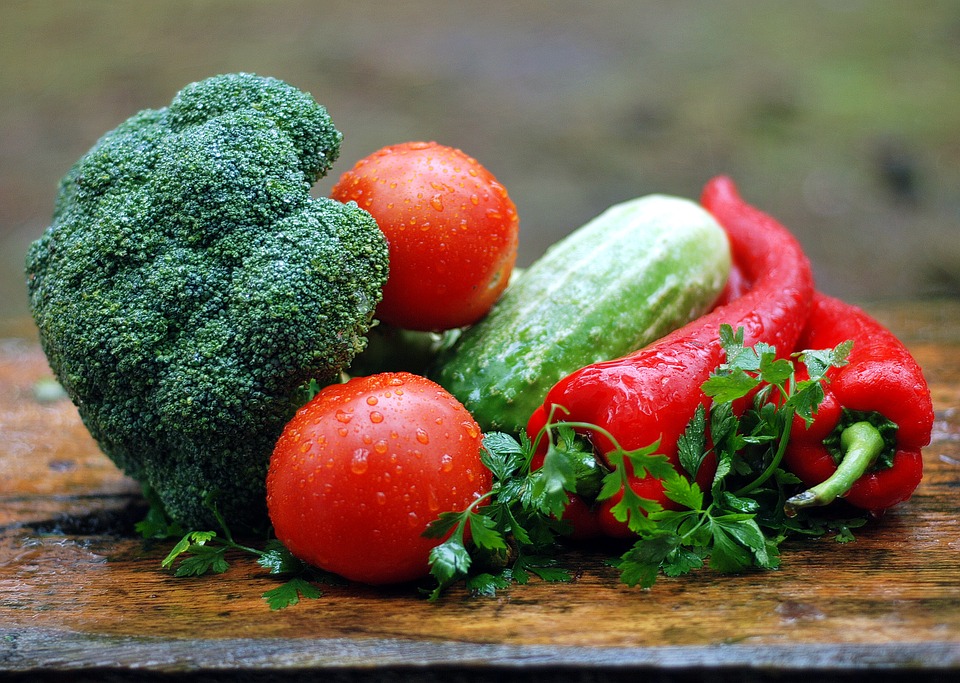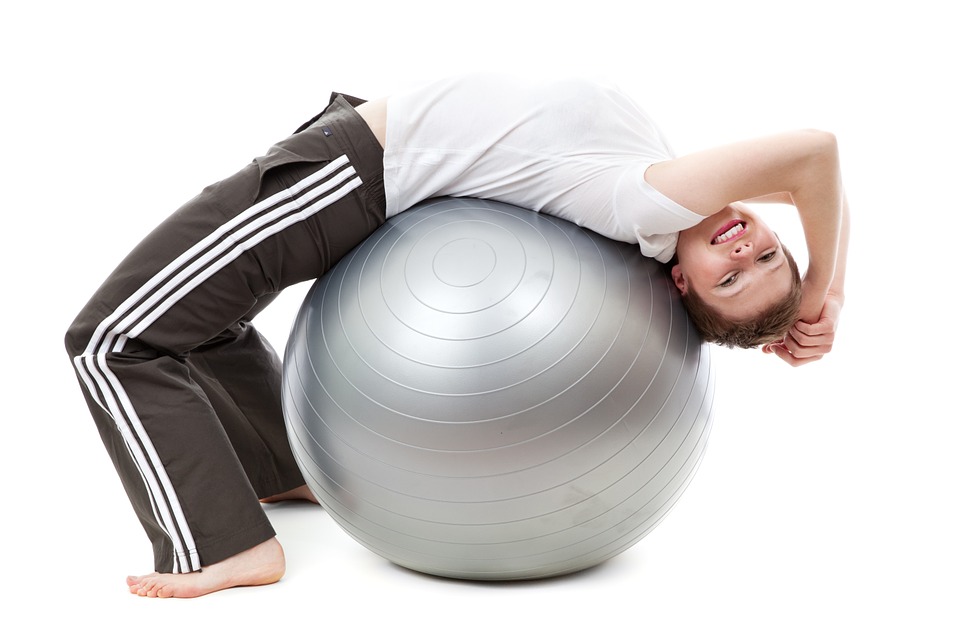



Calories in Calories out (CICO) might sound simple, but it’s not.
Fatty acid synthesis happens when energy intake is high and energy demands are low. In other words, we package and store fat when we eat more than we burn through metabolism and activity.
It’s a basic law of thermodynamics; Energy has to go somewhere, if we can’t expend it as heat, movement, or some other metabolic activity, we have to store it. And our body’s preferred storage method is adipose tissue or fat.
This synthesis of fatty acids can come from either excess dietary fat or excess dietary carbohydrate. Theoretically, it could also occur from excess dietary protein, but this requires a unique set of conditions.
In general, the body tends to follow these three rules:
- Excess dietary fat is directly stored as body fat( some of which gets synthesized into different types of fat)
- Excess dietary carbohydrate increase carbohydrate oxidation, thus impairing fat oxidation, and cause more dietary fat to be stored as body fat.
- Excess dietary protein increases protein oxidation, thus impairing fat oxidation, and causing more dietary fat to be stored as body fat.
This means that no matter what combination of macronutrients you eat if you eat more than you expend, you’ll store the excess energy.
Other factors affect how our bodies process nutrients. These include:
- Exercise and daily-life movement
- Body composition
- Hormones
- Genetic programming
- Age
- Gastrointestinal microbiome
- Type of food we eat
Outside of the lab, we will never know exactly how many calories we are taking in or expending. But this does not mean that energy balance( CICO) doesn’t matter. It just means that we don’t know all the inputs and outputs, so doing a lot of precise and complicated “calorie math” won’t help us very much.
Energy balance is the ultimate equation that determines weight loss or gain.
There’s no getting around it: If you aren’t losing weight, you either need to decrease “energy in” or increase “energy out.” But as you’ve already seen, that may involve far more than just pushing away your plate or spending more time at the gym.
For instance, it may require you to:
Get more high-quality sleep to better regulate hunger hormones, improve recovery, and increase metabolic output
Try stress management techniques like meditation, deep breathing, and spending time in nature.
Increase your daily non-exercise movement by parking the car a few blocks away from your destination, taking the stairs, and/or standing while you work.
Trade some high-intensity exercise for lower-intensity activities, in order to aid recovery and reduce systemic stress. Think HIIT!
Improve the quality of what you’re eating, as opposed to reducing the quantity. This can allow you to eat more food with fewer total calories.
Play around with the macronutrient makeup of what you eat. For example: eating more protein and fiber, or increasing carbs and lowering fats, or vice versa.
Experiment with the frequency and timing of your meals and snacks, based on personal preferences and appetite cues.
Consider temporarily tracking your food intake—via hand portions or weighing/measuring—to ensure you’re eating what you think you’re eating (as closely as reasonably possible).
Evaluate and correct nutritional deficiencies, for more energy during workouts (and in everyday life).
Consult with your physician or specialists if consistent lifestyle changes aren’t moving the needle.
Sometimes the solutions are obvious; sometimes they aren’t. But with CICO, the answers are there, if you keep your mind open and examine every factor.
Imagine yourself a “calorie conductor” who oversees and fine-tunes many actions to create metabolic harmony. You’re looking for anything that could be out of sync.
This takes lots of practice. But with consistency and patience, you can definitely know your body better than any experts out there.
Your gut microbiome is as unique as your fingerprint, no two people have the same.
So your only chance of really getting the results you want is to start becoming aware of your body and mind.
Hope you found this article informative and if you require any further assistance kindly mail me at fitnessbysoma@gmail.com


Recent Comments